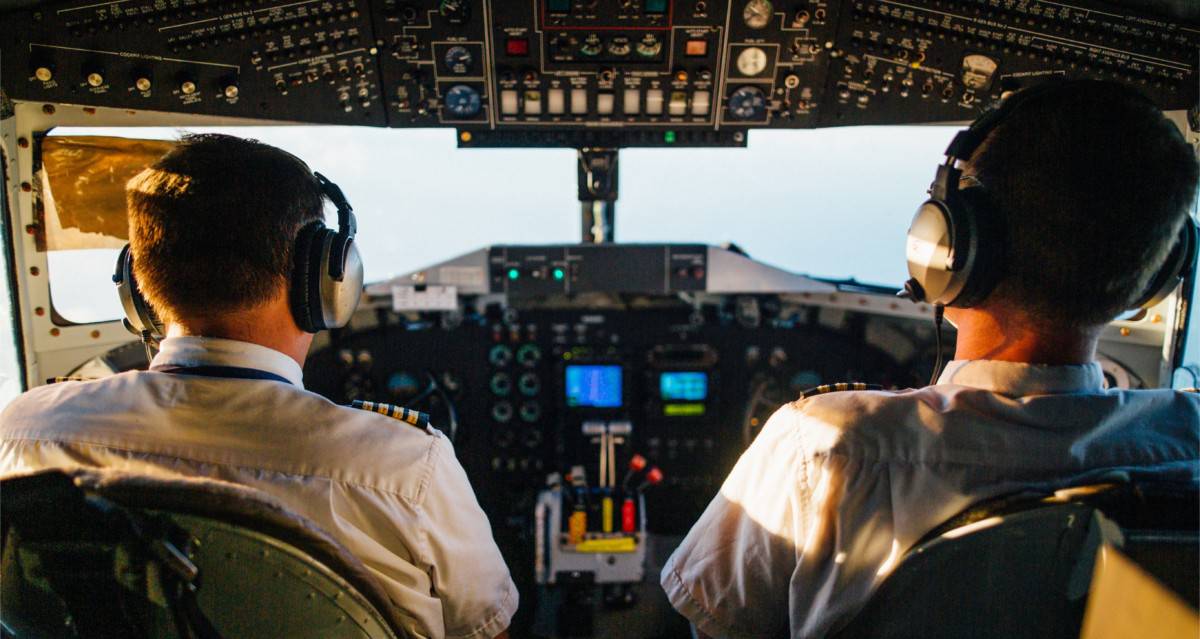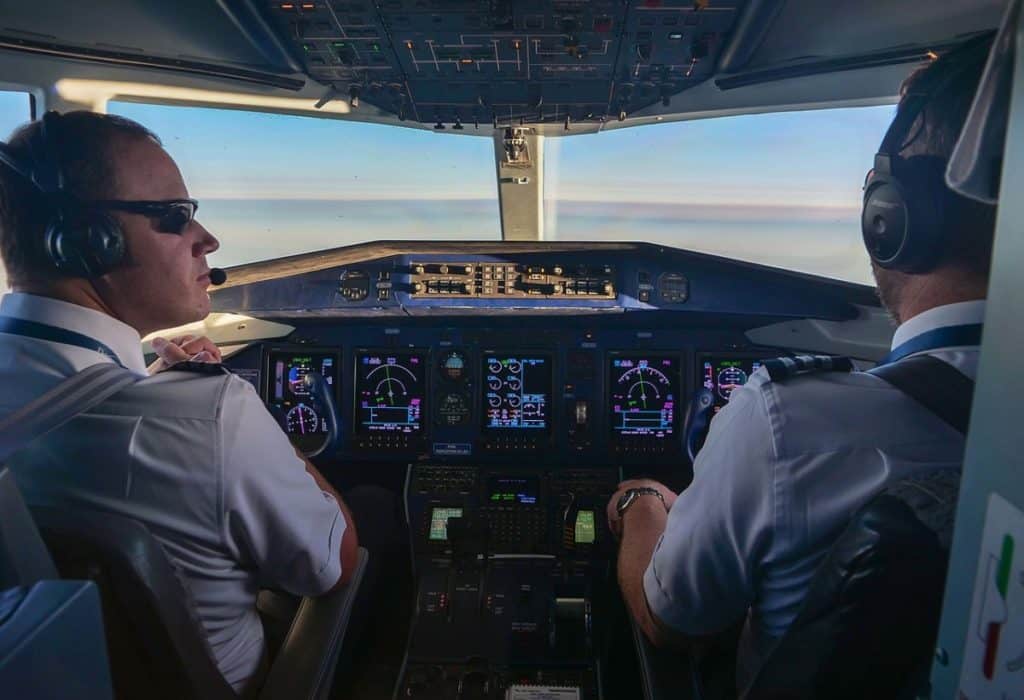
We have all been in the airport and seen some pilots with 4 bars on their shoulders and some with three bars. We have heard of the terms Captains, Co-Pilots, and First Officers, but what exactly do the bars and titles actually mean when it comes to the two people sitting up front doing the driving?
The differences between a Captain and a First Officer are the experience, responsibility, & authority. The Captain has the responsibility and final authority on all matters related to the aircraft, crew, passengers, cargo, & safety. First Officers, also referred to as Co-Pilots, also assist the Captains.
Although it may seem quite cut and dry to the differences between a Captain and a Co-Pilot there is more to it and many things you may not realize. Read on to learn all about what these roles really mean…
Most commercial fixed-wing and some commercial helicopter operations will require two pilots. This increases the safety factor considerably but then requires decisions to be made on actually who flies and who doesn’t, who has command and who doesn’t, who has the final say, and who doesn’t. This is where the roles and titles come in!
What is the Role of an Aircraft First Officer?
First Officers are the right-hand man or woman of the Captain. Their main role is to assist the Captain in flying the aircraft, looking after its systems, talking with air traffic control, and assisting the crew and passengers. First Officers are usually under mentorship by Captains to gain experience.
First Officers, also referred to as Co-Pilots, are usually the most junior pilot of the two people sitting up front. I say usually because some pilots do not want the responsibility or require the salary of a Captain and are happy to stay as career Co-Pilots. In this case, the Co-Pilots could have considerably more hours than the Captain but like to have an easier role.
Most new pilots to a two-crew aircraft will occupy the First Officer/Co-Pilot role. This role allows them to learn the aircraft, procedures, and gain experience while under the tutelage and mentoring of the senior pilot sitting next to them.
The Co-Pilot will have all the necessary training, hours, and ratings to legally fly the aircraft but just lacks the experience in operating within the role of Captain.
For a typical helicopter air ambulance operation, a Captain will usually need to have over 3000 hours and the Co-Pilot will need over 500 hours to qualify for the job. These are just typical minimum hour requirements but it provides a way for low-time pilots to begin gaining experience and working their way towards that Captain role.
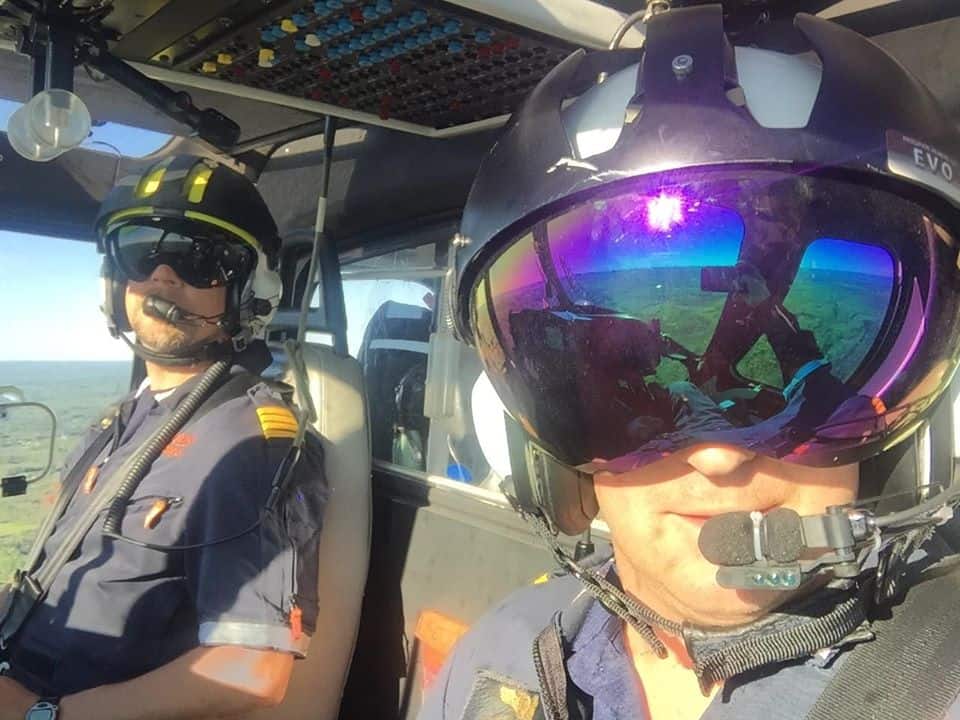
The typical main roles of a First Officer/Co-Pilot are:-
- Assisting the captain in any way requested
- Flying or monitoring the aircraft
- Communicating with air traffic control, other aircraft, or company dispatch
- Weather and flight planning
- Checklist completions
- Quantifying the Captain’s decisions
- Aircraft inspections
- Crew and passenger loading and comfort
- Cargo assessment
The Co-Pilot will be allowed to fly the aircraft at the discretion of the Captain and as the Co-Pilot’s experience grows the roles that will be given to them will help to prepare them for Captaincy. Co-Pilots are there to work as a team with the Captain and most Captains will value the second opinion of their Co-Pilots and help nurture their progression, especially if the same pilots regularly fly together.
Unfortunately, there are Captains who think they are God and take the position of “Sit There, Don’t Say Anything or Touch Anything”. Although this is rare, they are out there and as a Co-Pilot, it is something that has to be dealt with at a company level. These types of Captains are ones that do not make a good crew and a good crew leads to safe and successful flights!
What is the Role of an Aircraft Captain?
Captains are pilots who have worked their way up the experience ladder to satisfy the FAA’s & company’s experience and hour requirements. The Captain is an aircraft manager. They oversee all the operations of the crew, loading of the aircraft, and operation of the aircraft, and have the final decision.
The Captain bears all the responsibility for everyone on board the aircraft and the action of what the aircraft does. Not complying with a rule, regulation, or request from air traffic control will fall on the shoulders of the Captain, even if they were not the one at the controls and flying at the time. The Captain has to ensure the safety of everyone onboard and on the ground while in command of that aircraft.

Join My Newsletter & Get Great Tips, Information and Experiences To Help You Become a Superb Pilot!
For a typical pilot to become a Captain on a Boeing 737 these are some of the minimum hour requirements:
- FAA ATPL Certificate
- 2500-3000 Hours in Turbine/Heavy Aircraft
- B737 Type Rating with 500 Hours PIC (Pilot In Command)
- 1000 Hours PIC in Multi-Engine Aircraft
The larger the aircraft, the more experience a pilot will require before qualifying for the Captain position. Many Captains on a smaller jets like the Boeing 737 will become Co-Pilots on Boeing 747s, Boeing 777s, and Airbus A350s, etc to gain the required experience and larger responsibilities.
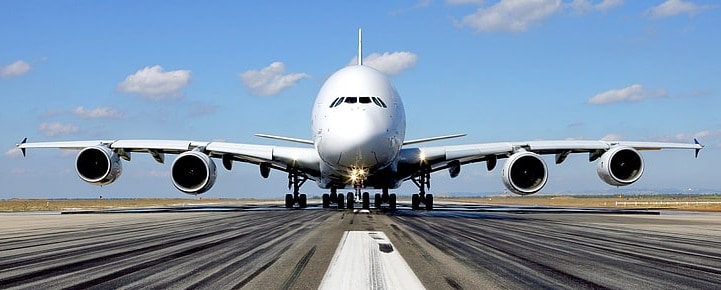
Becoming a Captain is not something a pilot will instantly jump into straight out of flight school. Being in command of an aircraft requires not only good piloting skills, but good judgment, methodical thinking, planning and prioritizing, crew management, resource management, diplomacy, and attention to detail.
While all of these may seem easy to come by, performing in the role of a Captain of a complex aircraft is a serious undertaking that takes years of training and flying experience to safely and methodically work through multiple scenarios at any given time and be able to respond to emergencies in the appropriate manner and in the right order.
A good Captain should also be willing to pass on their knowledge and experience to the Co-Pilot sitting next to them to ensure they learn the good habits to prepare them for their future role as a Captain.
Learn More…
Try These Articles:
* Helicopter or Airplane: Which is Easier To Fly?
* Why Do Some Aircraft Fly With Two Pilots, Not One?
What is a Flying Pilot Vs Non-Flying Pilot?
The Flying Pilot (FP) and the Non-Flying Pilot (NFP) refer more to which individual is controlling the aircraft at any given time. This role does not matter if the Captain or the Co-Pilot is flying, as it is more of a seating position than a job title. The non-flying pilot helps with radios & navigation.
In most planes, the aircraft instrumentation and controls are configured for the person flying the aircraft to be seated in the left-hand seat.
In most helicopters, the aircraft is configured to be flown from the right seat primarily.
The pilots can still fly from either seat due to all two-crew aircraft having flight controls at each pilot seat.
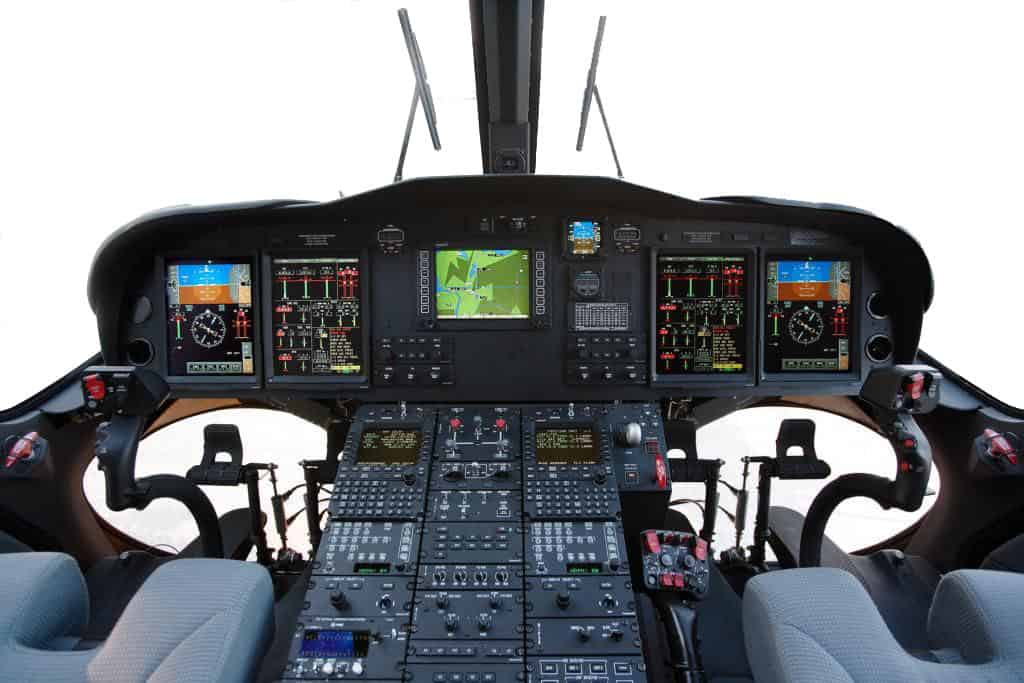
In the photo above the instrumentation looks identical and it primarily is except for the ‘Flying Pilot’ station on the right seat becomes the main area of focus in the event of emergencies. A loss of generator power will cause the left screens to shut off and allow the flying pilots’ screens to stay on via the aircraft battery.
The engine governor controls are available to the flying pilot on their Collective Control, but not the left seat. The Landing Gear lever is on the right seat etc. Each aircraft type is different but there is one seat that is meant to be the primary flying position.
The Non-Flying Pilot (NFP) is responsible for operating the navigation systems and programming the Flight Management System or GPS, operating the radios, and talking with air traffic control. They monitor all the aircraft and engine parameters, read out the checklists, or carry out tasks on the checklists leaving the pilot to focus on flying – especially during an emergency situation.
The NFP is usually the last person to board a smaller aircraft after ensuring all the passengers and cargo are loaded and the doors and aircraft are secure. You may have also seen the NFP give the passenger briefings on small commuter airlines. The list goes on.
Primarily the Flying Pilot is the one who manipulates the controls while the Non-Flying Pilot is monitoring and managing the aircraft and people.
Learn More…
Try These Articles:
* Do Pilots Always Fly With the Same Copilot?
* Can Pilots Go To The Bathroom?
Can Two Captains Be on the Same Flight?
Whenever a flight takes place there can only legally be one Pilot In Command (PIC) regardless of rank. When there are two Captains in the cockpit, the pilot delegated to be in command for that flight leg logs PIC time, while the other pilot will log the flight time as Second In Command (SIC).
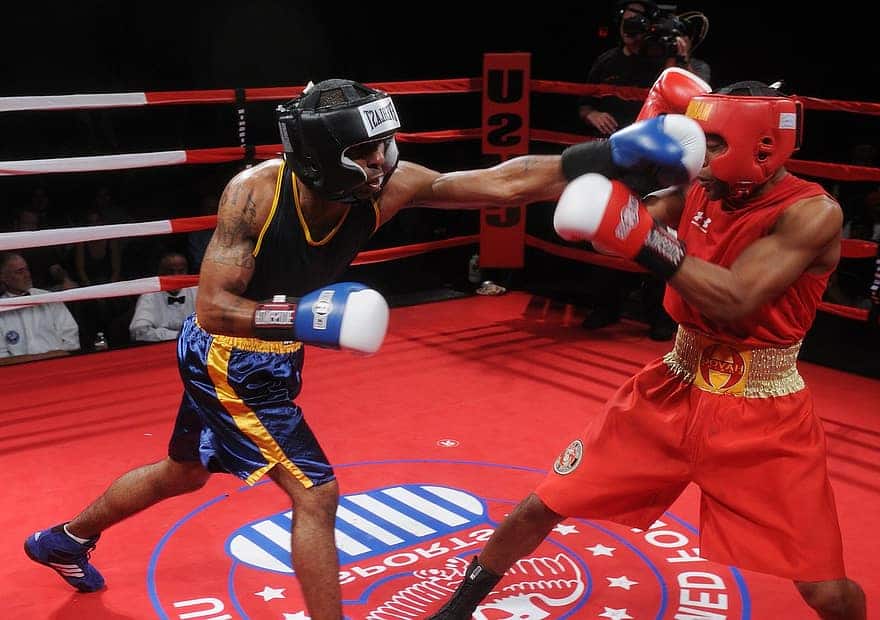
But what happens when you have two Captains on a flight? Do they lace up the gloves?
Before each flight leg, the Captains have to agree on who will be acting as PIC for that flight. This then dictates who has the responsibilities and authority even though they are equal.
Most flights of multiple legs or days will usually have the pilots swapping roles and seats to spread out the flying and PIC responsibilities fairly. Many companies like to have two Captains working on their aircraft for increased schedule flexibility and improved safety margin, however, the salary of two Captains is considerably more than a Captain and a Co-Jo.
To Finish
Having two pilots flying an aircraft not only improves safety but decreases pilot workload, allowing for the sharing of information, thoughts, and ideas especially when problem-solving. It allows for incredible experience and knowledge to be passed on to allow the next generation of pilots to train to the highest standards and it also keeps both pilots in check and prevents bad decisions from being executed.
A multi-engined aircraft being flown by two highly trained crew is one of the safest forms of transport and when both the crew have a personal bond then flying upfront can be some of the most enjoyable flights a pilot can have.

